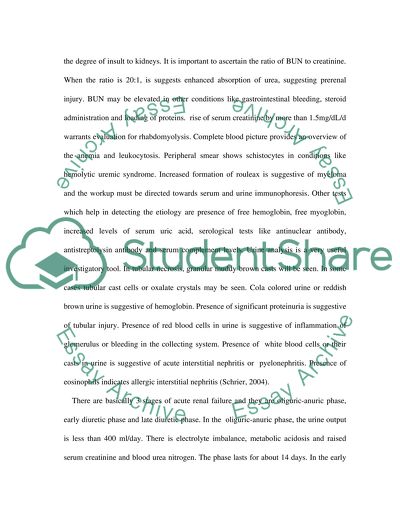Cite this document
(“Renal system Essay Example | Topics and Well Written Essays - 1000 words”, n.d.)
Retrieved from https://studentshare.org/environmental-studies/1418630-renal-system
Retrieved from https://studentshare.org/environmental-studies/1418630-renal-system
(Renal System Essay Example | Topics and Well Written Essays - 1000 Words)
https://studentshare.org/environmental-studies/1418630-renal-system.
https://studentshare.org/environmental-studies/1418630-renal-system.
“Renal System Essay Example | Topics and Well Written Essays - 1000 Words”, n.d. https://studentshare.org/environmental-studies/1418630-renal-system.


